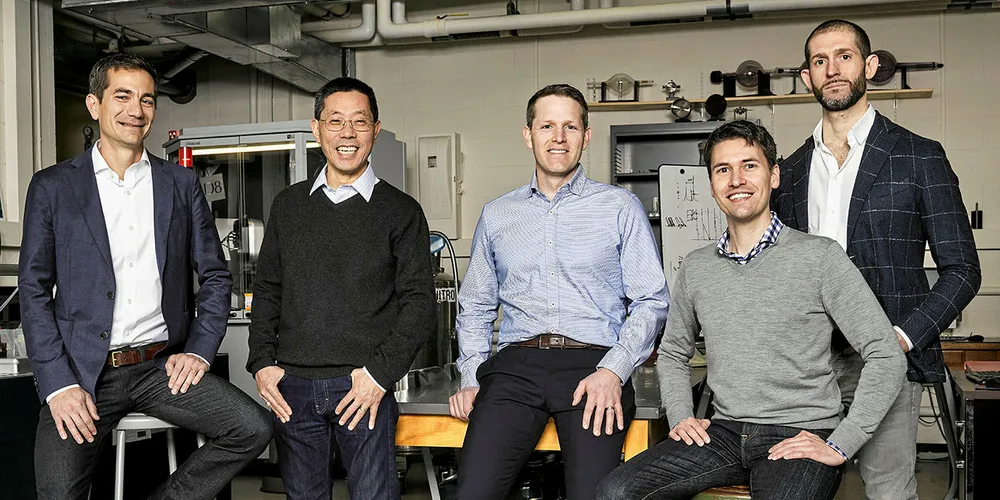The mysterious 150-hour battery that can guarantee renewables output during extreme weather
US start-up Form Energy's novel "aqueous air" storage solution will be trialled by a Minnesota utility as it switches from coal to wind

US start-up Form Energy's novel "aqueous air" storage solution will be trialled by a Minnesota utility as it switches from coal to wind
